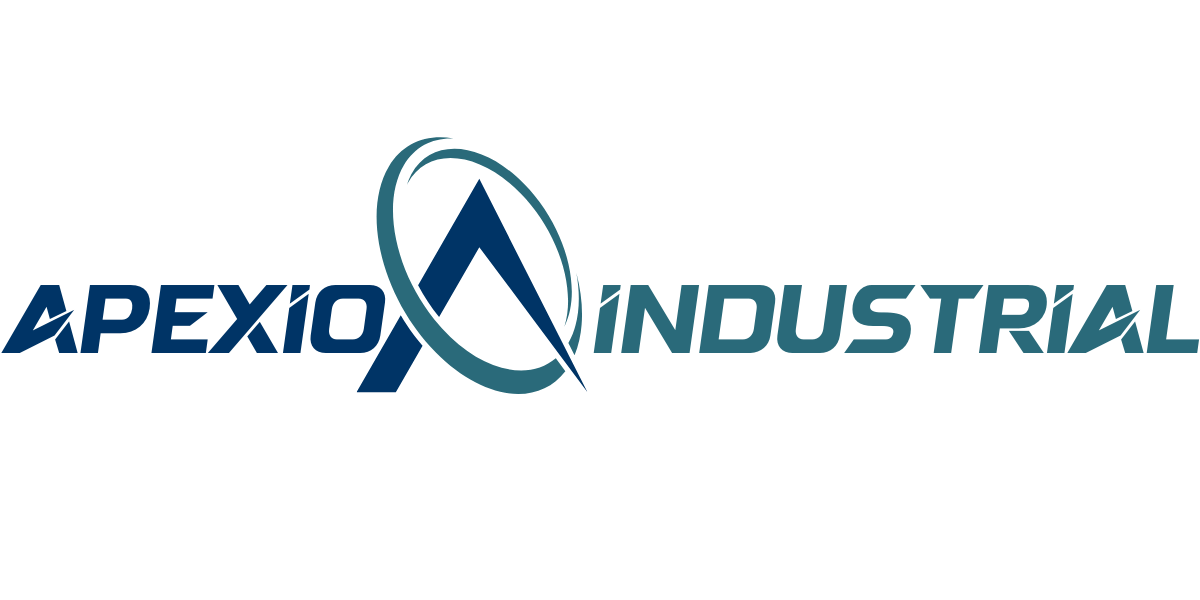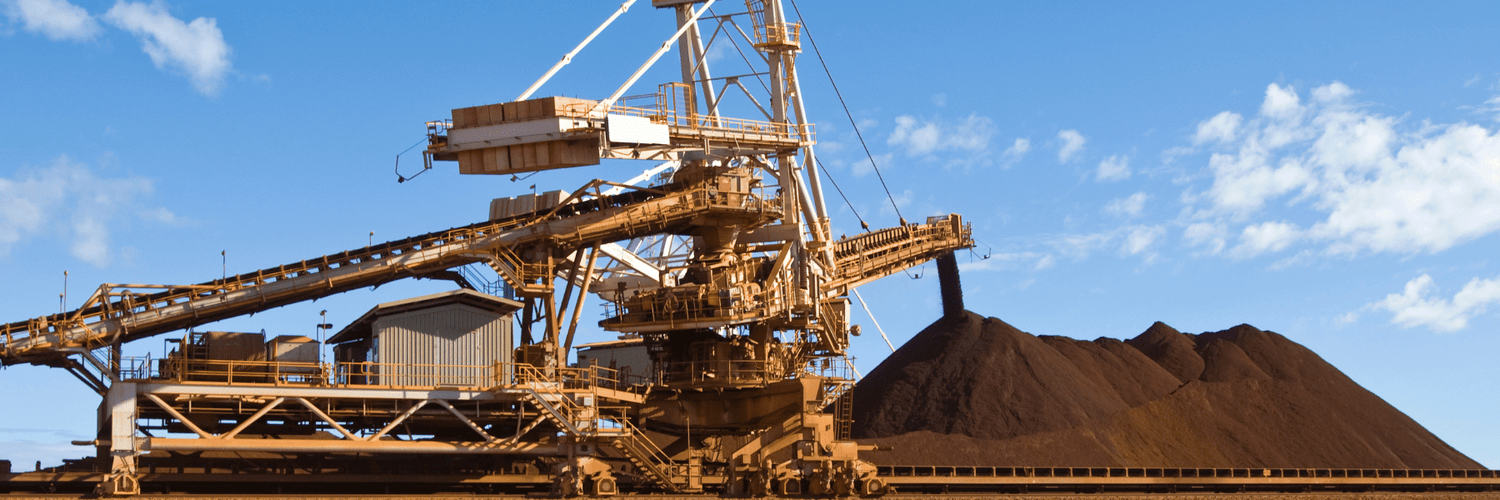The steel industry involves a wide range of applications and processes that generate potentially hazardous gases such as sulfur dioxide, carbon monoxide, carbon dioxide, hydrogen, and nitrogen, along with oxygen-depleted environments. These gases pose significant risks, particularly in high-temperature furnace areas, confined pits, and underground walkways where ventilation may be limited.
In addition to hazardous gases, workers are exposed to challenges like ferrous dust, intense heat, and physically demanding conditions. Dust and particulate matter generated during metal grinding can obstruct gas detectors, preventing accurate readings and increasing the risk of undetected hazards.
To mitigate these dangers, implementing reliable gas detection systems is critical. Continuous monitoring not only helps protect workers from fluctuating gas levels but also minimizes false alarms, detector contamination, and operational downtime. Furthermore, maintaining compliance with occupational exposure limits ensures a safer working environment and avoids regulatory penalties.
Dust-related issues can be addressed by using gas detectors with removable, cleanable filters. These filters ensure that particulate buildup doesn’t block the sensors, allowing for consistent and accurate gas detection. Proper placement, regular maintenance, and calibration of gas detectors are equally important to safeguard workers and optimize the performance of the detection systems.
In hazardous areas like confined spaces, pits, or regions near furnaces, specialized equipment such as multi-gas detectors and portable sensors may be required. Additionally, robust training for workers on emergency response and equipment usage further enhances safety in these high-risk environments.
Image with text
Button labelAPPLICATIONS
-
Sinter plants
Sinter plants convert fine iron ores into larger particles, or "sinter," for use in blast furnaces. This process produces hazardous gases such as carbon monoxide (CO), sulfur dioxide (SO₂), and nitrogen oxides (NOx), posing significant safety risks. Key danger zones include sintering belts, material handling areas, and off-gas systems, where poor ventilation can lead to gas accumulation.
Effective gas detection systems with multi-gas sensors, real-time monitoring, and robust designs are essential for safety in high-temperature and dusty conditions. Combined with proper ventilation, maintenance, and worker training, these measures ensure a safer working environment in sinter plant operations.
-
Blast Furnaces
Blast furnaces are integral to converting iron ore into molten iron through the application of extreme heat and reducing gases. However, these operations generate hazardous gases, including carbon monoxide (CO), hydrogen (H₂), and methane (CH₄), which pose risks of poisoning, explosions, and oxygen depletion. Effective gas detection is essential to protect workers and facilitate the safe reuse of blast furnace gases as fuel.
Reliable monitoring systems must detect multiple gases in real time, ensuring early warning of dangerous conditions.
Advanced gas detection solutions, combined with proper ventilation, regular equipment maintenance, and worker training, are critical to mitigating risks.
-
Coke Plants
Coke plants convert coal into coke through pyrolysis, generating hazardous gases like methane (CH₄), hydrogen (H₂), benzene, and hydrogen sulfide (H₂S). These gases pose risks of toxicity, fires, and explosions, making continuous gas monitoring critical.
High-risk areas include coke ovens, gas recovery units, and by-product facilities, where leaks can occur due to high temperatures and pressure. Multi-gas detection systems, proper ventilation, and regular maintenance are essential for safety. These measures not only protect workers but also enable the safe reuse of coke oven gases as fuel, improving energy efficiency and environmental compliance.
-
Casting & Concasting
Casting involves pouring molten metal into moulds to create steel products, a process that releases harmful fumes like carbon monoxide (CO), carbon dioxide (CO₂), and hazardous particulates. Key risk areas include casting zones and ventilation ducts where fumes and heat accumulate.
Real-time air quality monitoring is crucial to protect workers from toxic exposure and respiratory hazards. Effective ventilation systems, along with robust gas detection and particulate monitoring, help ensure safety and maintain compliance with occupational health standards.
-
Iron Production
Iron production involves extracting and processing iron ore into molten iron for steelmaking, releasing hazardous gases like CO, SO₂, NOx, and H₂S. Critical risk areas include processing plants, furnaces, and gas handling systems, where poor ventilation can heighten dangers.
Reliable gas detection and ventilation systems are vital to protect workers from toxic exposure, prevent accidents, and ensure compliance with safety and environmental standards.

